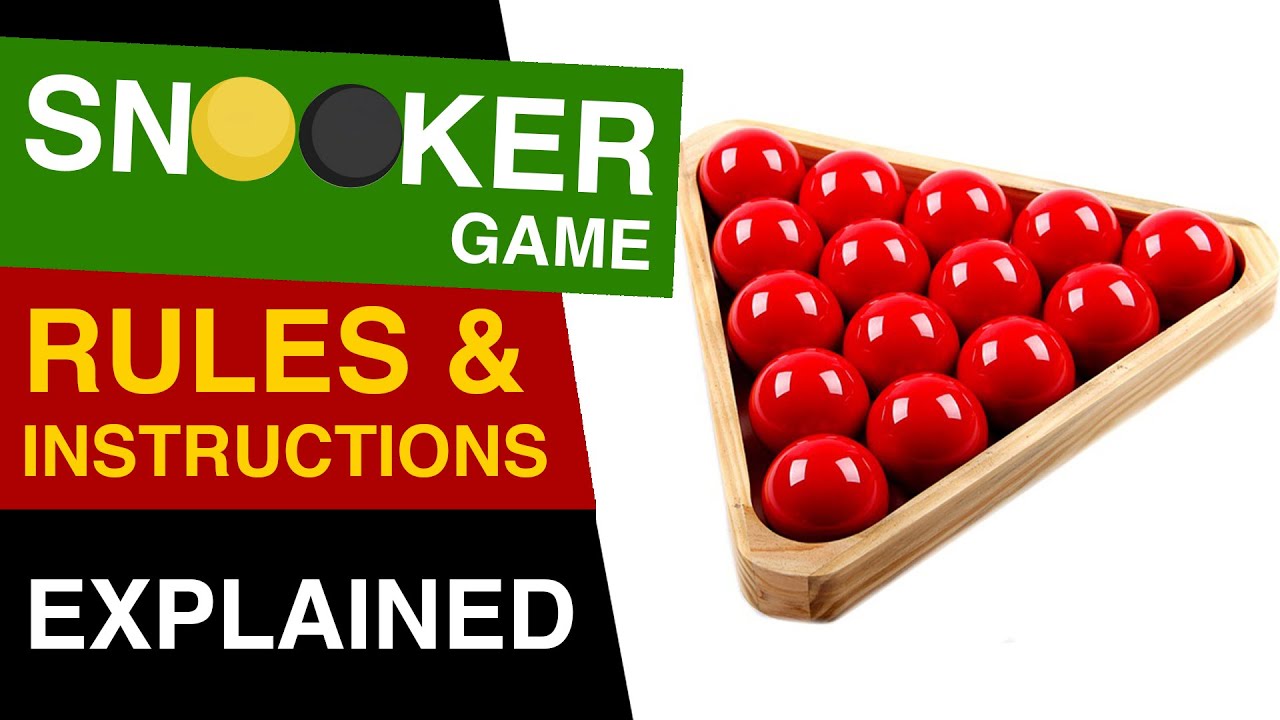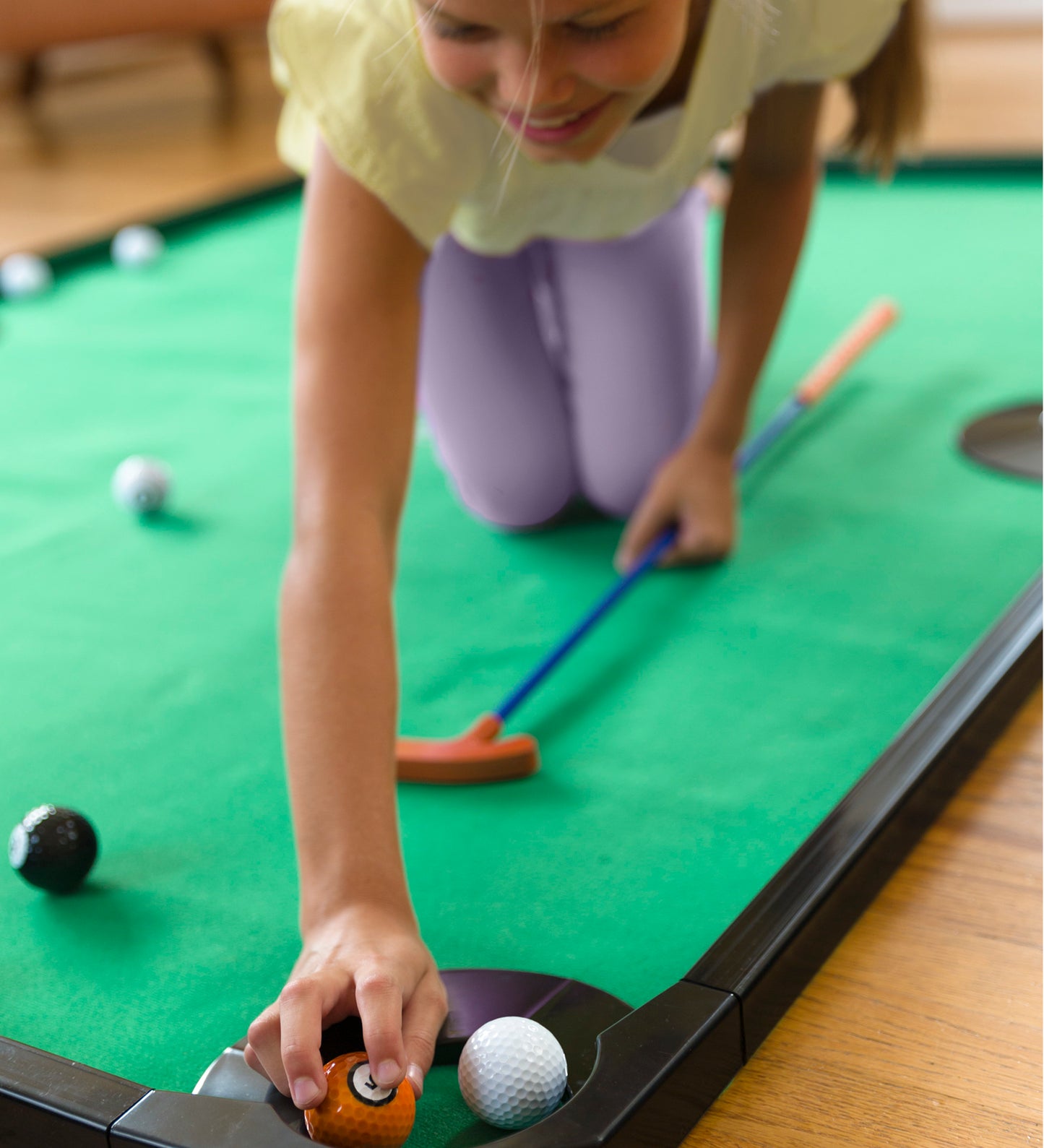
You can find snooker balls made from many different materials. These balls can be found in a range of colors and are smaller than other pool balls. They also use smaller cues with lighter tips. You can use the same cue regardless of how big the table is or what the rules are. These are some considerations if you own a table and wish to play snooker.
Snooker pool balls in different colors
There are many variations in the colors of snooker pools balls. While some are neutral and complement one another, others are more striking. Blue and yellow pool ball colors complement one another, for instance. Other pool balls are designed to make the table look unique. If you want to add a touch of class to your table, you can purchase a set of granite or Ultraviolet balls.
Although most pool balls are made of solid red, snooker uses many different colors. These can range from blue, yellow, green, and brown. The cueball itself is white. You can also find striped balls.
Materials used to make snooker ball pool balls
There are many materials used in making snooker ball. They were originally made out of wood, which was affordable and easily found everywhere. However, the material was not very durable and changed shape easily. There were other materials available that could replace wood. In the nineteenth century, ivory was used to create the ball. The ivory balls could only be used four times per elephant because they were so expensive.

Over the centuries, the materials used in making snooker pools balls have evolved. It was an inexpensive material to work with and was therefore the first material to be used. Europeans developed a taste for new materials over time and started to experiment with them. Pool balls were first made from elephant tusks in the seventeenth century.
Size of a snooker-style pool table
Snooker is larger than pool table and has more accessories. Players must be able to control the ball and the playing surface must be smooth. The playing surface is made of a cloth, which can be made of either wool or nylon. Both these materials are very expensive, but can last many years. The size of your table is important, as well the materials used.
There are three main sizes for snooker tables. The WPA standard table has wide, angular pockets, while the WEPF table has narrower pockets. WPA tables' pockets are between two and three times wider in diameter than standard snooker balls. The WEPF table uses balls that are two to two+1/4 inches (51-54 mm), while the WPA standard table uses smaller balls.
Rules of snooker pool games
There are many rules in snooker. You must score more points than your opponent. You can achieve this by either potting or forcing your opponent into fouling a shot. The game begins by flipping a coin to determine who will go first. Each player places their cue ball in the D-shape. The object of the game is to get the red ball into the pocket, which is the highest scoring.
Foul play occurs when the cueball comes in contact with a ball which cannot be put on. The cue ball must not touch another ball. This is true even if another player has nominated a ball.

Available snooker ball balls
Snooker, a game that uses snooker pool tables, is an example of a sport. Each snooker ball set has twenty-two balls, including a rack of fifteen red balls, six red balls placed at predetermined spots, and a white cue ball. The balls are often numbered to give an indication of their point value. There are two types of snooker balls available: the Aramith and English styles.
You can find snooker balls in many different materials. Because wood was relatively cheap to produce, the earliest ball designs were made from it. As Europeans began to appreciate exotic materials, ivory was introduced. By the 17th century, ivory became the preferred material for pool balls. However, eventually, the elephant's tusks were endangered and manufacturers began to look for alternatives.